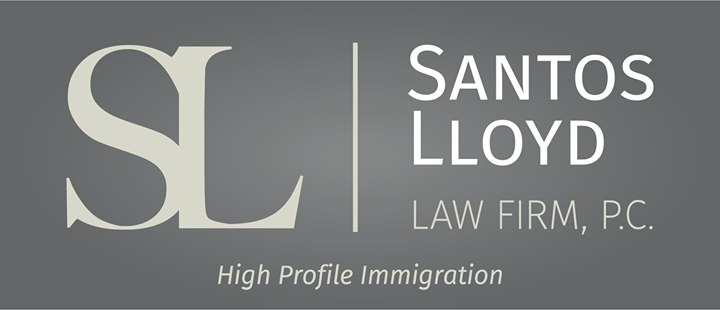Residência permanente legal (green card) por meio do visto EB-3
Santos Lloyd Law Team • December 29, 2022

O processo de visto de imigrante EB-3 permite que uma empresa dos EUA patrocine um estrangeiro para o green card, por meio de uma oferta de emprego. Durante o processo do visto de imigrante EB-3, o patrocinador dos EUA (o empregador) enviará informações ao Ministério do Trabalho e aos Serviços de Cidadania e Imigração dos Estados Unidos. Importante ainda é determinar se o cargo profissional, especializado ou não especializado, se qualifica para um visto de imigrante EB-3.
A categoria EB-3 inclui:
Profissionais:
são cargos que exigem um diploma de bacharel ou equivalente. Isso pode incluir contador, advogado, professor ou engenheiro.
Trabalhadores especializados:
são cargos que exigem no mínimo dois anos de experiência de trabalho ou treinamento. Profissões que podem se classificar: encanador especializado, eletricista ou chefe de cozinha.
Outros trabalhadores: a categoria de outros trabalhadores são cargos nos quais um indivíduo realiza trabalho não especializado. Este tipo de trabalho pode exigir menos de dois anos de experiência ou treinamento. Profissões como padeiros, barman, babá, caixa ou jardineiro.
Outros trabalhadores: a categoria de outros trabalhadores são cargos nos quais um indivíduo realiza trabalho não especializado. Este tipo de trabalho pode exigir menos de dois anos de experiência ou treinamento. Profissões como padeiros, barman, babá, caixa ou jardineiro.
Como é o Processo EB-3 para o patrocinador dos EUA e o estrangeiro?
- Etapa um:
o patrocinador dos EUA deve concluir o processo de certificação de trabalho chamado PERM com o Ministério do Trabalho dos EUA (DOL). A certificação trabalhista inclui a determinação do salário mínimo a ser pago para esse cargo, processo de recrutamento de trabalhadores dos EUA (por meio de diferentes meios de recrutamento), juntamente com a certificação da aplicação PERM. A etapa 1 pode variar de 12 a 18 meses.
- Etapa dois:
Após a aprovação da Certificação de Trabalho (PERM), o patrocinador dos EUA deve apresentar uma petição de imigrante I-140 junto aos Serviços de Cidadania e Imigração dos Estados Unidos (USCIS). A etapa 2 pode variar de 15 dias corridos a seis meses.
- Etapa três: Etapa final, após a aprovação da petição de imigrante I-140 pelo USCIS, o estrangeiro deve enviar sua solicitação de residência permanente I-485 (green card). Juntamente com seu pedido de residência permanente I-485 (green card), um indivíduo pode solicitar um cartão de autorização de trabalho (I-765) e autorização de viagem (I-131). A etapa 3 pode variar de seis a oito meses.
Entre em contato com Santos Lloyd Law Firm P.C. para uma consulta EB-3.
Ficaremos felizes em ajudá-lo em seu processo.
Este blog não se destina a ser um aconselhamento jurídico e nada aqui deve ser interpretado como estabelecimento de uma relação cliente-advogado. Por favor, agende uma consulta com um advogado de imigração, antes de agir baseado em qualquer informação lida neste blog.

Once you have connected with a college program, have been admitted to the school, and deemed eligible to compete athletically, you will need to secure an F-1 student visa in order to actually attend your new college and begin your time as a student athlete. The first step in the visa process is to receive your Form I-2

For many talented athletes around the world, U.S. college athletics represent a remarkable opportunity to combine elite athletic competition with higher education. In sports such as basketball, soccer, track and field, and tennis, among others, hundreds of colleges and universities across the United States offer struct

Under the new regulation, if a person filed or files Form I-589, Application for Asylum and for Withholding of Removal after October 1, 2024, and the application remains pending with USCIS for 365 days, the applicant must pay an Annual Asylum Fee (AAF) on the one-year anniversary of his or her filing date.


